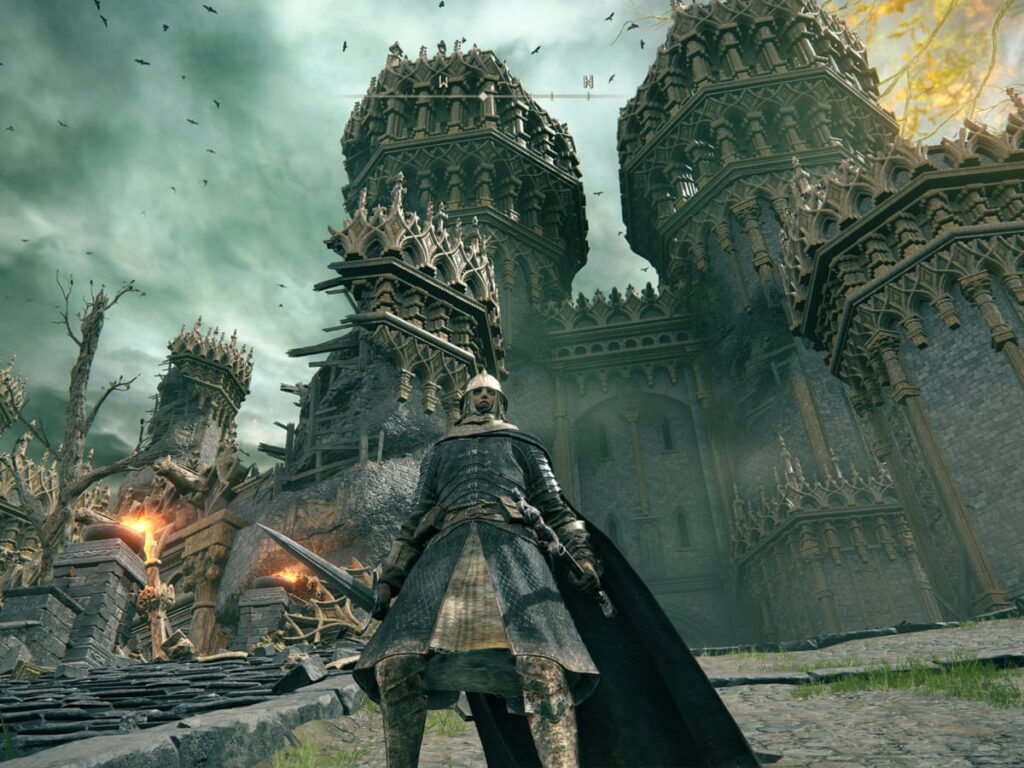Level design is a crucial aspect of video game development, as it affects how a game plays, is received, and remembered. It involves creating a world or environment where players interact to complete objectives, and is a slow and well-planned process. The first step is researching and planning, followed by prototyping to test ideas and mechanics. Aesthetics play a big role in immersion, and playtesting is the final step to get feedback and make important design decisions. Crafting the perfect level requires thorough research, planning, prototyping, great aesthetics, and thorough playtesting.
Crafting the Perfect Level: A Look at the Art of Level Design in Video Games
Introduction
Video games have come a long way since their inception, not only in their graphics and gameplay but also in their level design. A game’s level design is crucial in how it plays, how it’s received, and how it’s remembered. The art of level design is the process of creating a world or environment in which a player interacts with to complete specific objectives. It’s the job of the level designers to make sure these objectives are not only achievable but also enjoyable, and the level is well balanced and optimized for gameplay. In this article, we’ll take a closer look at the process of crafting the perfect level in video games.
Research and Planning
The first step in level design is research and planning. Before creating any level, level designers must have an understanding of the game’s mechanics, lore, and the story they want to tell. They need to have a clear understanding of the game’s genre, target audience, and the game’s unique selling points. For example, if the game is a survival-horror game, the level design must emphasize isolation, fear, and tension.
After researching the game, level designers must come up with a rough plan for the level. They need to decide on the objective of the level, what challenges the player will face, and what kind of enemies, puzzles, and rewards will be encountered. Level designers also need to consider the pacing of the level. They should think about the moments of excitement, the moments of calm, and the moments where the player can rest.
Prototyping
After planning comes prototyping. Prototype levels are rough, unfinished levels that serve as a testing ground for level designers. Prototyping allows them to experiment with different ideas and mechanics before committing to a final design. A prototype level can render essential feedback on what the level might look like on-screen and give a sense of its overall flow.
Level designers often rely on collaborative tools such as game engines and middleware software products to quick iteration of prototype designs in 2D and 3D. The use of prototyping helps the design team to identify issues such as hazardous level design, flaws in gameplay mechanics, and inadequate pacing.
Aesthetics
Aesthetics holds a significant importance in the level design process, as a good looking or immersive level can enhance the game’s overall experience. Designers need to consider several factors while creating the aesthetic level, including color schemes, use of lighting, textures, and sound effects. Utilizing these tools can craft an entirely immersive setting and present a range of emotions to the player.
A well-designed environment can evoke emotions and intensify the gameplay. For example, the color green signifies growth, prosperity, and safety. It works well to represent lush fields in an adventure game. Whereas, Caves or dungeons are often lit with minimal lighting, making characters feel unsafe and vulnerable.
Playtesting
Playtesting is the final and essential step of the level design process. Playtesting refers to the process where volunteers or the testing team play through the level to give feedback on the overall design, bugs, and gameplay elements. Playtesting helps identify issues that need to be corrected and areas that could be improved.
The feedback gathered from playtesting is an excellent tool for making important design decisions. After all, developers want their games to be enjoyable and well-received, and it is this feedback that helps recognize areas of improvement. Going back into iteration is the most time-consuming phase, but it is also a critical process in delivering a polished, seamless gaming experience.
Conclusion
Level design plays a vital role in the success or failure of a video game. It’s the level designers’ responsibility to create immersive, engaging levels that keep players coming back for more. A slow and well-planned process can result in a well-crafted world that brings out emotions, tells a story, and leaves a lasting impression. To sum it up, level design is an essential aspect of video game development, and the perfect level requires research, planning, prototyping, great aesthetics, and thorough playtesting.
